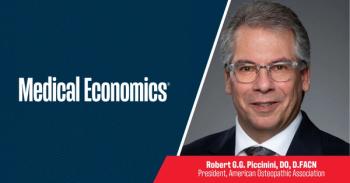
|Slideshows|February 3, 2020
Why states are losing ground on key health measures
Author(s)Jeffrey Bendix, Logan Lutton
A report card of healthcare indicators shows troubling developments.
Advertisement
Newsletter
Stay informed and empowered with Medical Economics enewsletter, delivering expert insights, financial strategies, practice management tips and technology trends — tailored for today’s physicians.
Advertisement
Latest CME
Advertisement
Advertisement
Trending on Medical Economics
1
Why leading physicians will move to concierge medicine in 2026 with Greg Grant of Specialdocs
2
RPM in 2026: Optimizing days of the month for patient care
3
Quality carbs and dementia; health concerns drive most involuntary retirements; biased AI – Morning Medical Update
4
Shape Memory Medical wins EU MDR Class III certification for IMPEDE embolization devices
5








